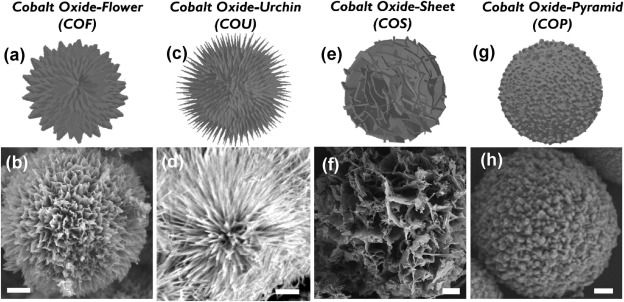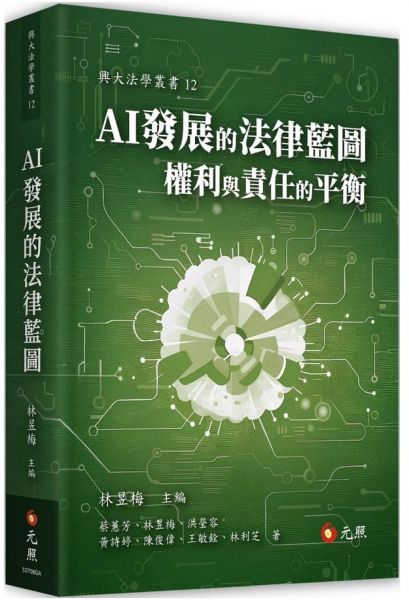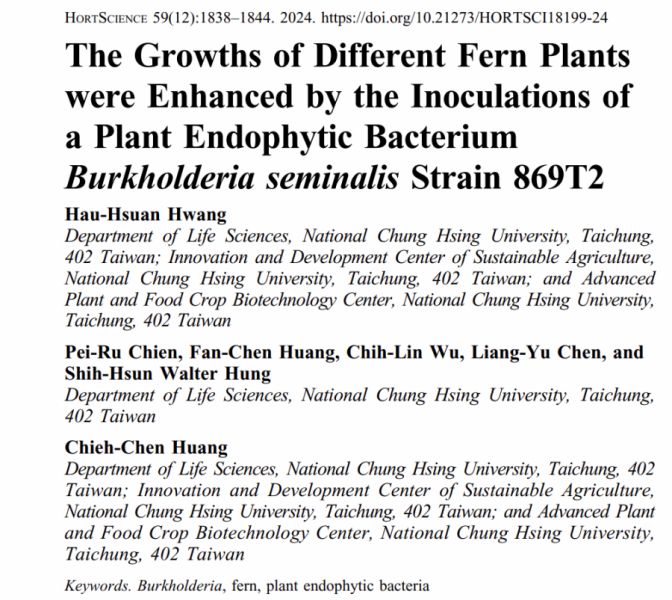循環農業:農業廢棄物高價值化【環境工程學系/林坤儀特聘教授】
| 論文篇名 | 英文:Catalytic soot oxidation using hierarchical cobalt oxide microspheres with various nanostructures: Insights into relationships of morphology, property and reactivity 中文:使用具有各種奈米結構的層級氧化鈷微球催化煙灰氧化:洞悉形態,性質和反應性之間的關係 | |
| 期刊名稱 | CHEMICAL ENGINEERING JOURNAL | |
| 發表年份,卷數,起迄頁數 | 2020,395, 124939 | |
| 作者 | Tsai, Yu-Chih; Nguyen Nhat Huy; Lee, Jechan; Lin, Yi-Feng*; Lin, Kun-Yi Andrew(林坤儀)* | |
| DOI | 10.1016/j.cej.2020.124939 | |
| 中文摘要 | 儘管廣泛使用柴油發動機,但柴油發動機的煙灰會導致嚴重的空氣污染,應通過催化性煙灰氧化工藝消除這種污染。由於Co3O4代表一種氧化煙灰的實用催化劑,因此至關重要的是,進一步研究Co3O4催化劑的形態-性能-反應性之間的關係對於優化煙灰氧化Co3O4的設計是至關重要的。因此,本研究作為首次嘗試,旨在操縱Co3O4微球的型態,以表現出不同的表面分層奈米結構,以比較它們相應的催化活性。具體來說,製造了四個分層的Co3O4微球(HCOM),包括具有花形(CoF)的Co3O4,具有海膽形(COU)的Co3O4,具有片狀形(COS)的Co3O4和具有金字塔形(COP)的Co3O4,以進行煙灰催化氧化比較。結果表明,這些HCOM的催化活性比商業球形Co3O4奈米顆粒高得多,並且大多數報導的鈷基催化劑都具有較高的表面積和多孔奈米結構,因此,這些HCOM均具有較高的催化活性。尤其是,在這些HCOM中,COP比其他HCOM包含更多的反應性表面和更優異的氧化還原性能,是煙灰氧化最有利的HCOM,從而使COP加速了煙灰氧化。這些HCOMs還可以在多個循環中循環使用,以實現煙灰氧化而不損失催化活性。這些結果和結果表明,HCOMs無疑是用於氧化煙灰的鈷催化劑,通過本研究,可以關聯形態,性質和催化活性之間的關係,從而為設計和應用層級奈米結構的Co3O4催化劑進行煙灰氧化提供重要的見解。 | |
| 英文摘要 | While diesel engines are extensively employed, soot from diesel engines lead to serious air pollution, which should be eliminated through catalytic soot oxidation processes. As Co3O4 represents a practical catalyst for oxidizing soot, it is critical to further investigate relationships of morphology-property-reactivity of Co3O4 catalysts for optimizing design of Co3O4 for soot oxidation. Thus, the present study, as the first attempt, aims to manipulate morphologies of Co3O4 microspheres to exhibit different surficial hierarchical nanostructures for comparing their corresponding catalytic activities. Specifically, four hierarchical Co3O4 microspheres (HCOMs) are fabricated, including Co3O4 with flower morphology (COF), Co3O4 with urchin morphology (COU), Co3O4 with sheet morphology (COS), and Co3O4 with pyramid morphology (COP), for comparisons in catalytic soot oxidation. The results indicate that these HCOMs showed much higher catalytic activities than the commercial spherical Co3O4 nanoparticles and most of reported cobalt-based catalysts as these HCOMs possessed high surface areas and porous nanostructures. In particular, among these HCOMs, COP stood out as the most advantageous HCOM for soot oxidation as COP contained more reactive surface and more superior redox properties than other HCOMs, thereby enabling COP to accelerate soot oxidation. These HCOMs could be also recyclable for soot oxidation over multiple cycles without loss of catalytic activities. These results and findings demonstrate that HCOMs are certainly promising cobaltic catalysts for oxidizing soot, and, through this present study, the relationship between morphologies, properties and catalytic activities can be correlated to provide important insights to design and apply hierarchically nanostructured Co3O4 catalysts for soot oxidation. | |







